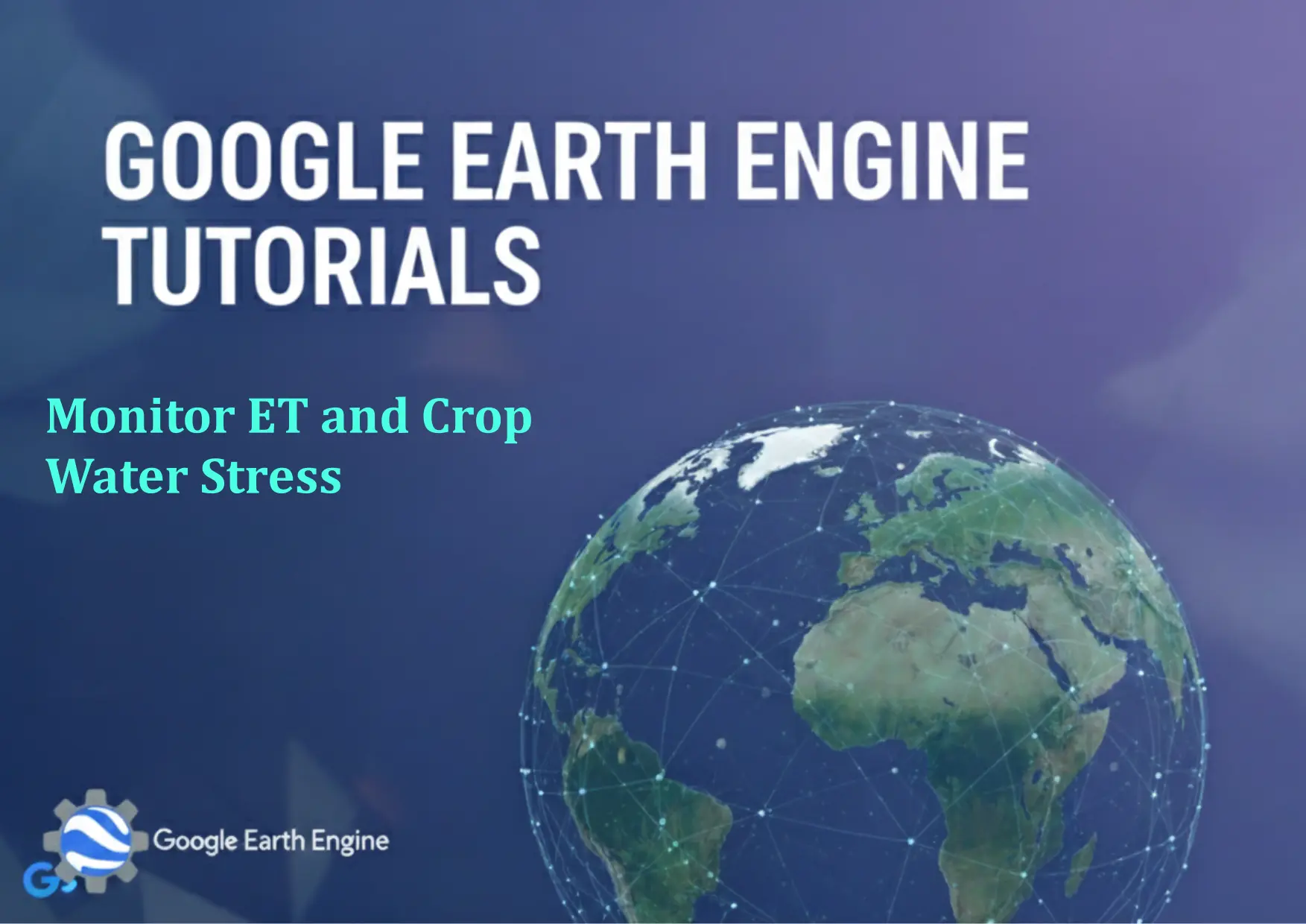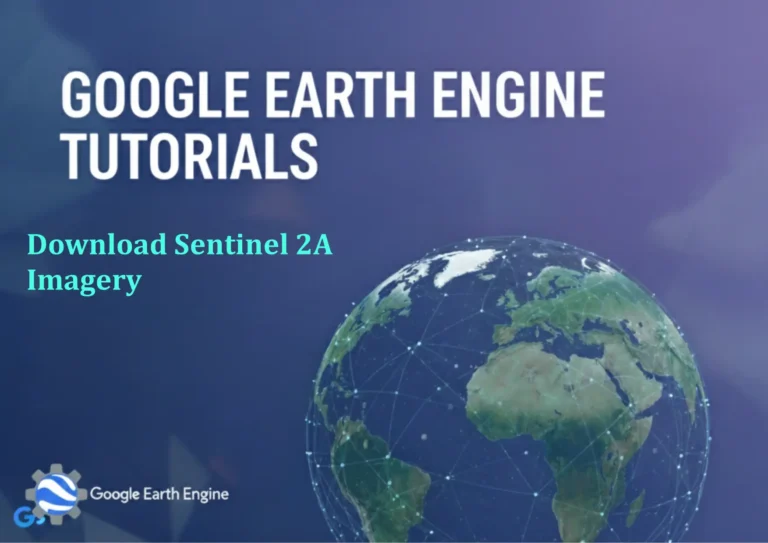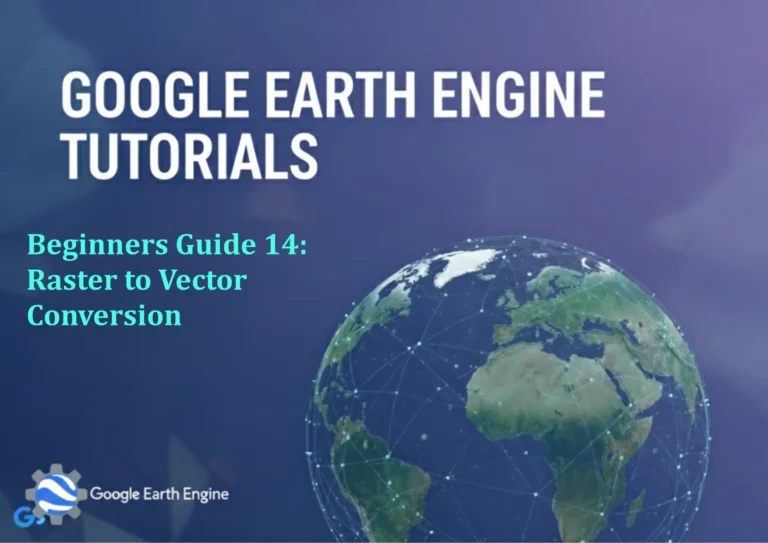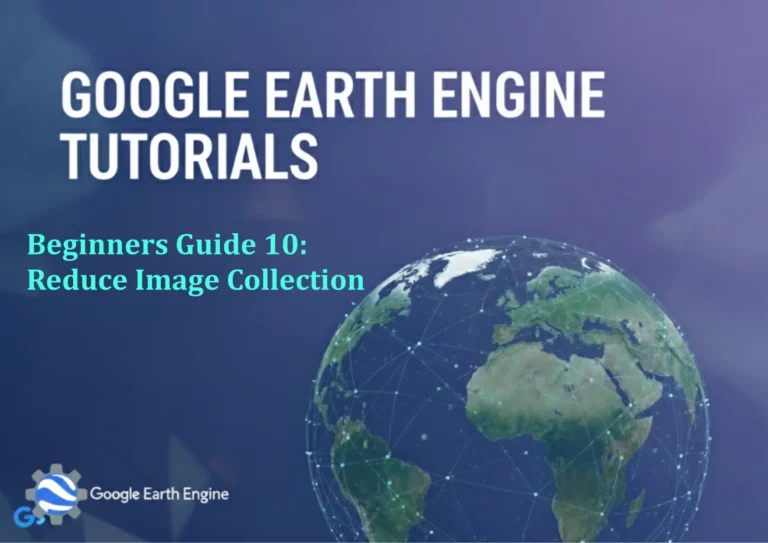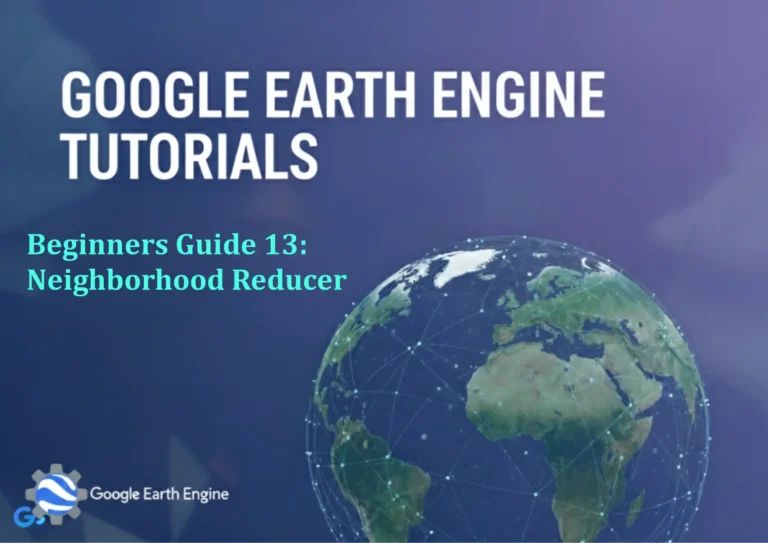Google Earth Engine Tutorial: Monitor ET and Crop Water Stress
Credit: Youtube Channel “Terra Spatial, Tutorial on monitoring evapotranspiration and crop water stress using MODIS data for agricultural applications.”
You can see all the tutorials from here: Techgeo Academy.
Google Earth Engine Tutorial: Monitor ET and Crop Water Stress
Evapotranspiration (ET) and crop water stress are critical parameters for agricultural monitoring and water resource management. Google Earth Engine (GEE) provides powerful tools to analyze these metrics using satellite data. This tutorial outlines how to access, process, and visualize ET products and crop water stress indicators.
Step-by-Step Guide
- 1. Load dataset: Use GEE’s built-in datasets like
MODIS/MTIET(MODIS Multi-Temporal Evapotranspiration) orFAO/GAUL/2015for crop boundaries. - 2. Select area of interest: Define a region using geometry or shapefile inputs with
geometry = ee.Geometry.Rectangle([...]). - 3. Calculate ET: Process the dataset to extract ET values, apply temporal filters, and mask clouds or other anomalies.
- 4. Analyze crop water stress: Use vegetation indices (e.g.,
NDVI,EVI) or water stress models from GEE’sUSGS/NASA/HRRRorFAO/ACIAR/GFARM. - 5. Visualize results: Use
Map.addLayer()orui.Chartto plot trends over time or spatial patterns.
Example Script
// Load MODIS Evapotranspiration dataset
var et = ee.ImageCollection("MODIS/MTIET")
.filterDate('2023-01-01', '2023-12-31')
.select('et');
// Define a region of interest (example: Iowa, USA)
var roi = ee.Geometry.Rectangle([-93.5, 40.5, -91.5, 42.5]);
// Calculate mean ET for the region
var etMean = et.mean().clip(roi);
// Add to map
Map.addLayer(etMean, {min: 0, max: 1000, palette: ['white', 'green']}, 'Mean ET');
Key Considerations
Ensure data resolution and temporal frequency match your study goals. For water stress, combine ET with crop-specific metrics like leaf area index (LAI) or soil moisture from NASA/GEOS-5/CLM.
FAQ
What datasets are commonly used for ET monitoring?
MODIS/MTIET, USGS/NASA/HRRR, and FAO/ACIAR/GFARM are popular choices. Each provides different spatial and temporal scales.
How to handle cloud cover in satellite data?
Use cloud masking functions like ee.Algorithms.Landsat.simpleCloudScore() or apply a median composite to reduce noise.
Can GEE monitor crop water stress for any crop type?
Yes, access crop-specific data via FAO/GAUL/2015 for crop types or use ET ratios relative to reference crops.
What is the resolution of the ET dataset in GEE?
MODIS ET datasets often have 1 km resolution, while Landsat provides 30 m but less frequent temporal coverage.
How to export results for further analysis?
Use Export.image.toDrive() or Export.image.toCloudStorage() with appropriate scale and crs parameters.

